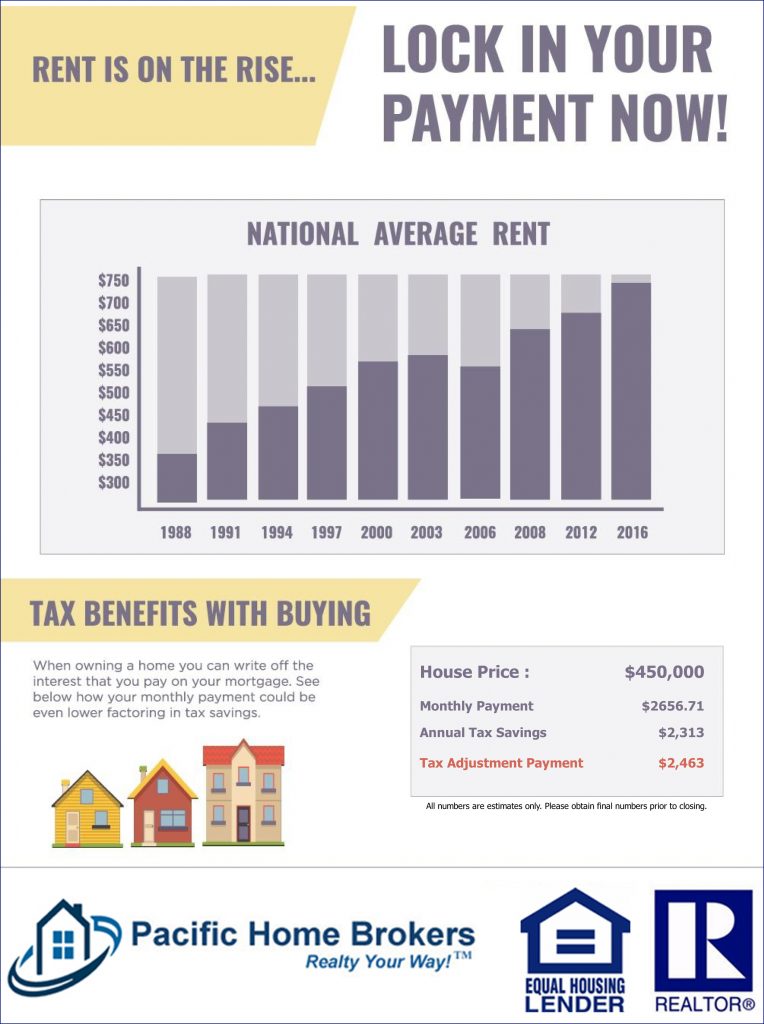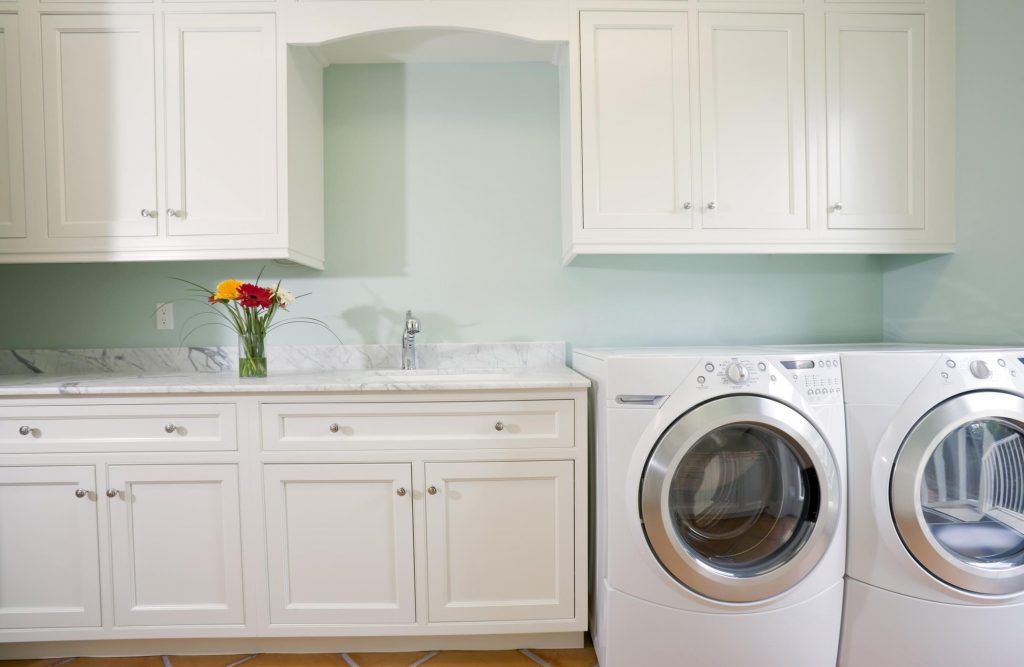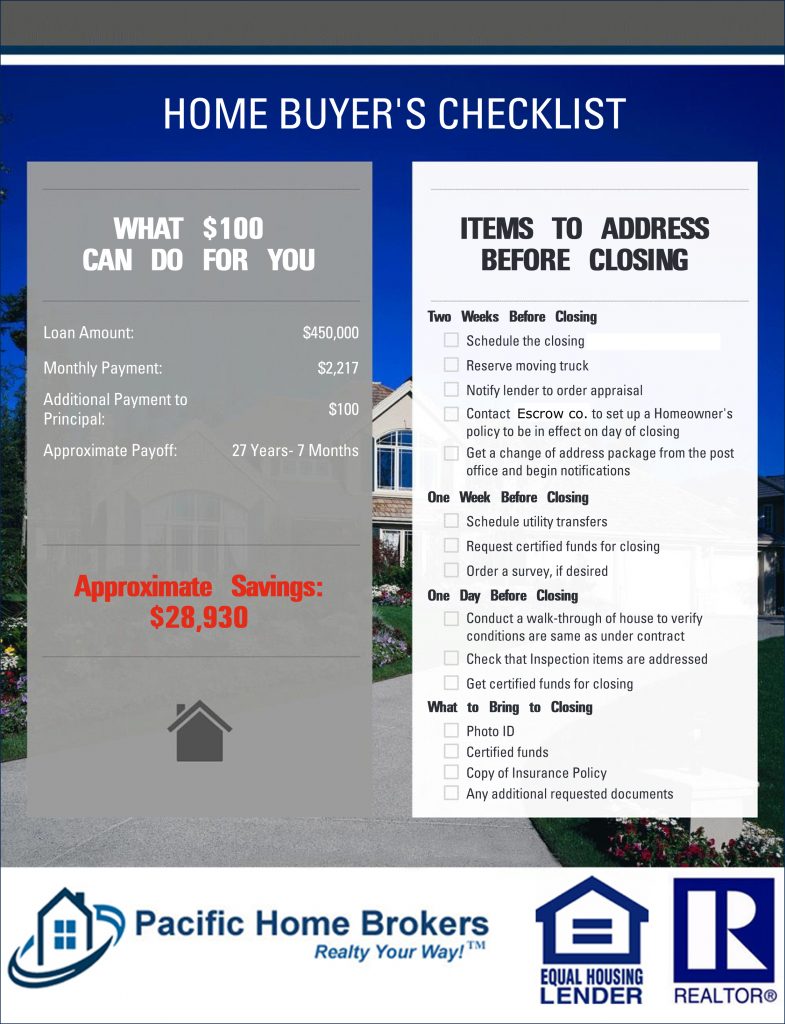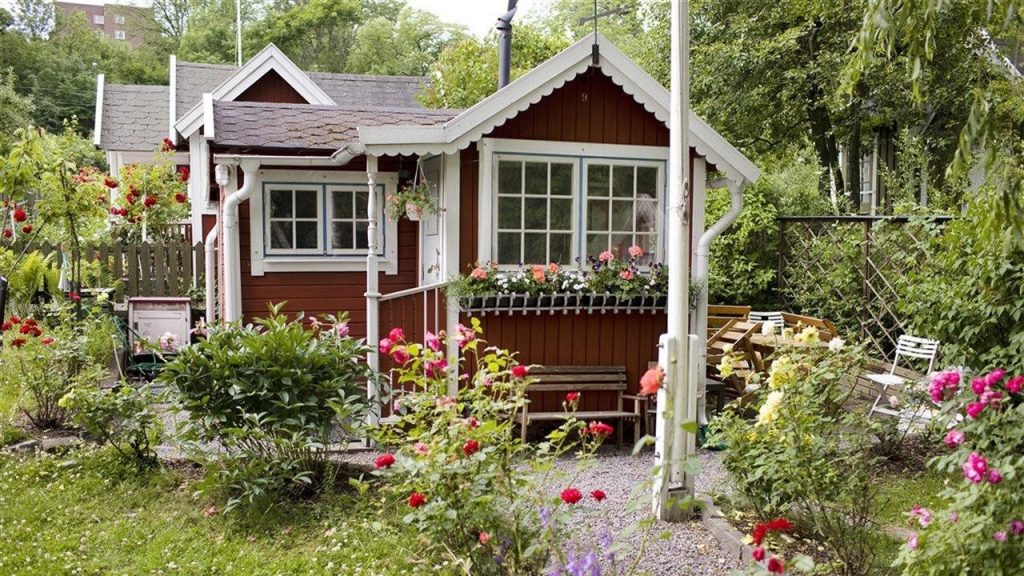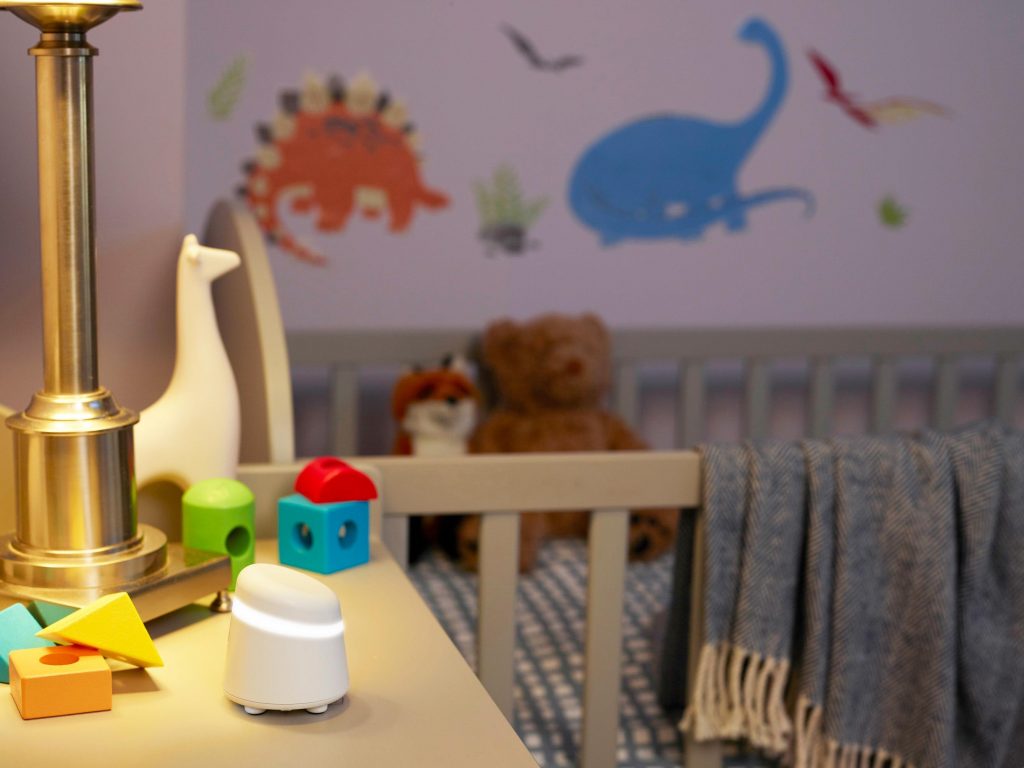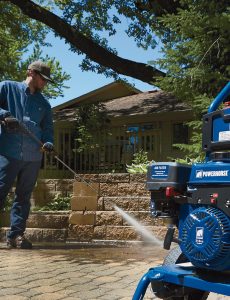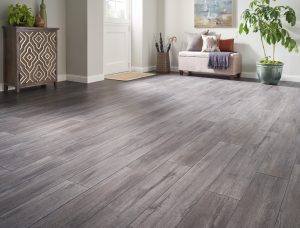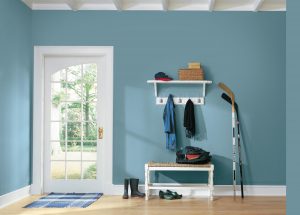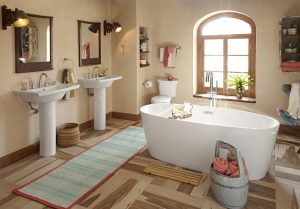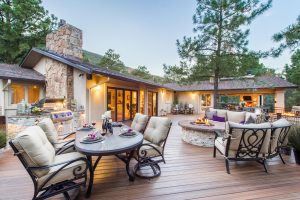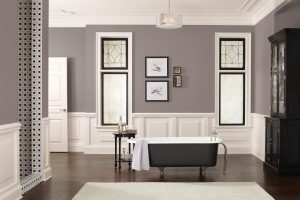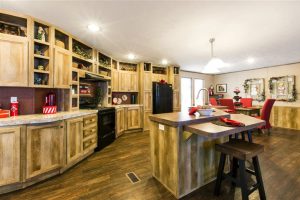
(BPT) – As temperatures drop, you and your family will be spending more time living indoors working, playing, relaxing and staying warm. More time indoors means it’s more important to keep your home fresh by staying ahead of the continual buildup of dirt, dust and allergens. Plus, taking a few simple steps to prepare your home for winter weather will ensure your home is comfortable and efficient, too. Tackle these key areas now so your home will feel fresh and cozy throughout the winter.
Wash and winterize windows
Washing away dirt and water marks from your windows and screens gives you a clear view of the outdoors and lets in more natural light. It will also make your home feel lighter and brighter, keeping cabin fever at bay. And to help maintain a controlled climate inside the home, prevent air from leaking in or escaping by using weatherstripping or caulk around your windows. You’ll stay cozy inside and save money on your energy bill.
Check and replace your vacuum bag, filter and belt
A full vacuum bag, clogged filter or broken belt can hinder your vacuum’s effectiveness, leaving dirt, dust and allergens behind. Replacing your vacuum bags every 1-2 months, filters every 3-6 months and belts once per year is recommended to help your vacuum achieve peak performance. Even more, a Filtrete HEPA vacuum filter will help trap particles 75 times smaller than a human hair, including 99.97 percent of dust mite debris, animal dander, molds and pollen. Even if your vacuum has a washable filter, you should know that repeated washing can cause the filter to break down over time.
Don’t forget to look up
After tackling floors, dust ceiling fans and light fixtures. These hard-to-reach and hard-to-see places can harbor dust. And while you’re up there, change the direction of your ceiling fans to counterclockwise for the winter. This will keep air moving, but circulate warm air instead of cooling the room down.
Clean around your HVAC
With the heater on, be sure to clear the area around your HVAC unit to make sure there is nothing blocking the flow of air. Next, remember to swap out that filter for maximum effectiveness. Filtrete Healthy Living Air Filters help capture dust, bacteria, viruses and allergens from the air for a cleaner, fresher home environment. Filtrete recommends changing your filter at least every 90 days. Set a reminder in your calendar or on your phone to help you remember.
Turn on the humidifier
Increasing the humidity in your home during the cooler months adds moisture to your air and living space. This raises the “heat index,” making 68 degrees feel more like 76 degrees. If your house has low humidity, you may notice chapped lips, dry skin or a dry sore throat. Be sure to maintain a relative humidity in the home between 20 to 40 percent. As the temperature outside drops, lower this percentage so condensation does not form on the windows.
Add extra insulation to all areas of your home
Adding insulation to your home reduces energy usage and increases comfort. If your home uses less than 12 inches of insulation, chances are heat is escaping. Add insulation in the attic to prevent warm air from escaping. Also consider adding insulation in crawl spaces, under floors and against basement walls to stop the transfer of cold through the house.
Take back your clean, fresh home today
Tackling each of these simple projects will add up to help you take on winter with a fresh, cozy home you and your family can enjoy.
Please click here to contact a Pacific Home Brokers™ agent to learn more.

